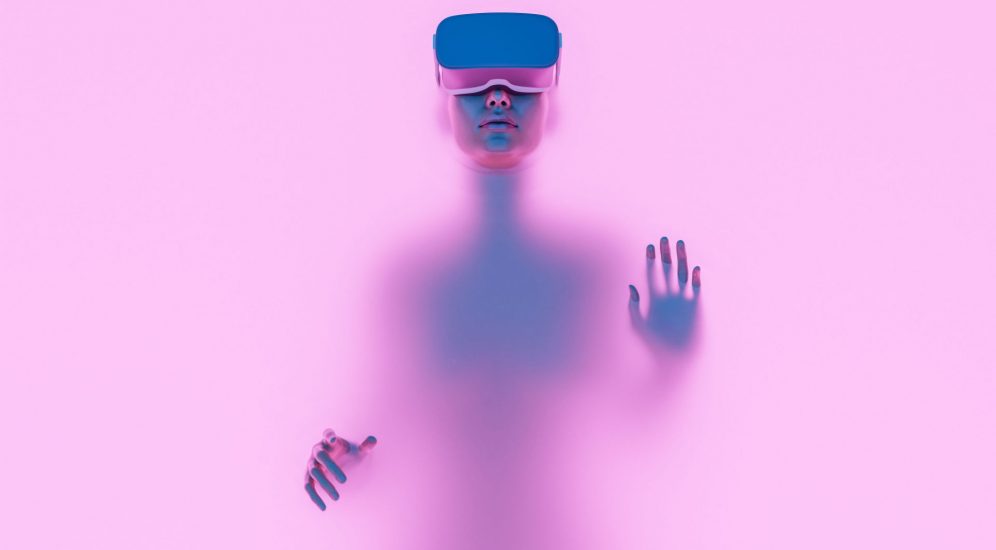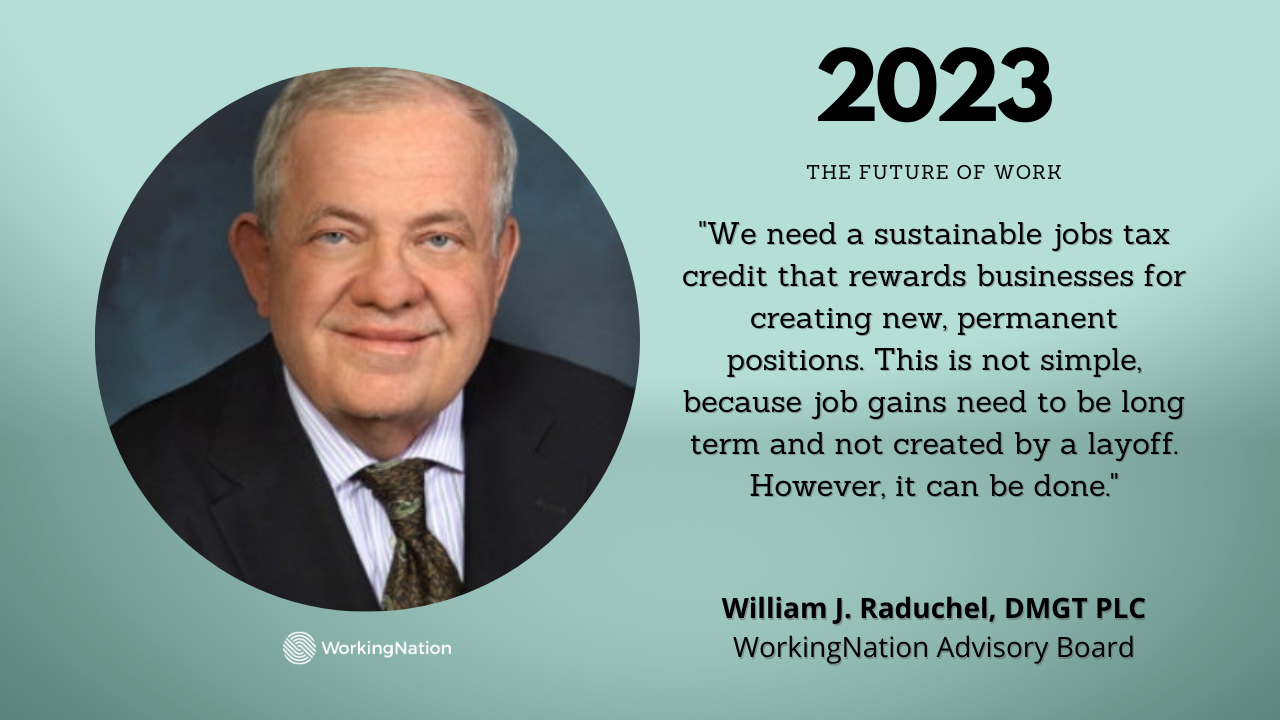Interest in how the metaverse can serve as an educational tool has surged over the last year. Facebook has invested $150 million in building virtual reality learning experiences and in training creators and educators. Meanwhile, gaming giant Roblox announced its goal to use its augmented reality platform to bring online learning to 100 million students worldwide.
Schools across the country are already starting to use the technology, with some creating virtual environments – complete with avatars and digital currency – to provide students with a more immersive style in both hybrid and fully remote settings.
While the concept of the metaverse has existed for years, recent advances – and accompanying investments – in immersive technology hold new promise for widening access to educational opportunities and improving learning for a diverse range of students.
It’s not so much the glittering allure of the technology itself that should capture our attention, but the doors it opens for learners. Too often, immersive learning tools are treated as fancy toys, rather than a serious contributor to driving outcomes and helping learners along career pathways that lead to long-term economic mobility. But the technology behind the burgeoning metaverse – a mix of virtual reality, augmented reality, streaming content, and digital social experiences – is unlocking new ways for students to learn and grow.
Immersive learning platforms can empower learners to see themselves in new and different ways, enabling schools, institutions, and companies to develop previously undiscovered – or ignored – talent and create a rising tide that lifts all boats.
Consider LBW Community College, which is leveraging virtual reality to help students with special needs develop critical workforce skills. Through its Alabama RISE (Re-emerging Ideas for Successful Employment) program, students are able to use VR simulations to gain on-the-job experience in fields like logistics. Stereotypes and stigma have long locked people with disabilities out of many careers, but immersive learning programs like LBW’s are showing learners and employers alike what’s actually possible.
Middle and high schools across Alabama are also using virtual reality to unlock new learning and career opportunities for students. Many of these learners are from low-income communities, and their view of attainable careers is artificially restricted. It’s difficult to imagine a future or career for themselves that they don’t already see in the adults around them. Virtual reality is opening their eyes, allowing them to explore potential careers in a wide variety of industries, including automotive, health, hospitality, and public safety. Vitally, these careers all offer living wages and room to grow so that learners can live prosperous lives, raise families, and build the futures they want to live in.
Other immersive learning programs are helping veterans to transition into the workforce and women to find their way into male-dominated industries like manufacturing. This is the real power of immersive learning: It grants individuals the ability to see themselves in unfamiliar environments and scenarios and imagine new career possibilities. It then provides them with a safe space where they can receive the training they need without fear of being judged, ridiculed, or made to feel inferior. As a result, immersive learning has the potential to create far more diverse and inclusive pipelines of talent, demonstrating that there is more than one pathway to success in America.
But, if we are not careful, it also has the potential to deepen existing societal fissures, exacerbating discrimination along lines of race, gender, and class. Going back to the days of Web 1.0 and AOL, digital spaces have never been immune to the same sorts of bias, exclusion, and injustice which are, sadly, alive and well in the physical world. Early experiments with the metaverse have struggled with issues of representation, both in terms of how people of color and those of differing gender identities can be portrayed online and in terms of who has access to the experiences in the first place.

While immersive technology has come a long way from the days in which it could be easily dismissed as just VR toys for wealthy children, we still have far to go in ensuring the kind of equitable access the metaverse promises. It is all too easy to envision a future of “digital haves and have-nots”, where students at well-funded schools connect and learn with one another across the globe, while learners from lower-income communities are shut out.
The impressive advances in immersive learning tools and other technology fueling the expansion of the metaverse will mean very little for diversity, equity, and inclusion if they are not sensitively developed with a diverse range of learners in mind.
Likewise, the technology won’t find its way into the hands of these learners all on its own. It will take efforts like those taking place in Alabama to ensure students have access to immersive learning experiences – and the career opportunities such experiences can inspire. A thoughtfully designed and distributed metaverse can bring a vastly more inclusive approach to career exploration and development, creating brighter futures for learners from all backgrounds.
Bharani Rajakumar is the founder and CEO of Transfr.










